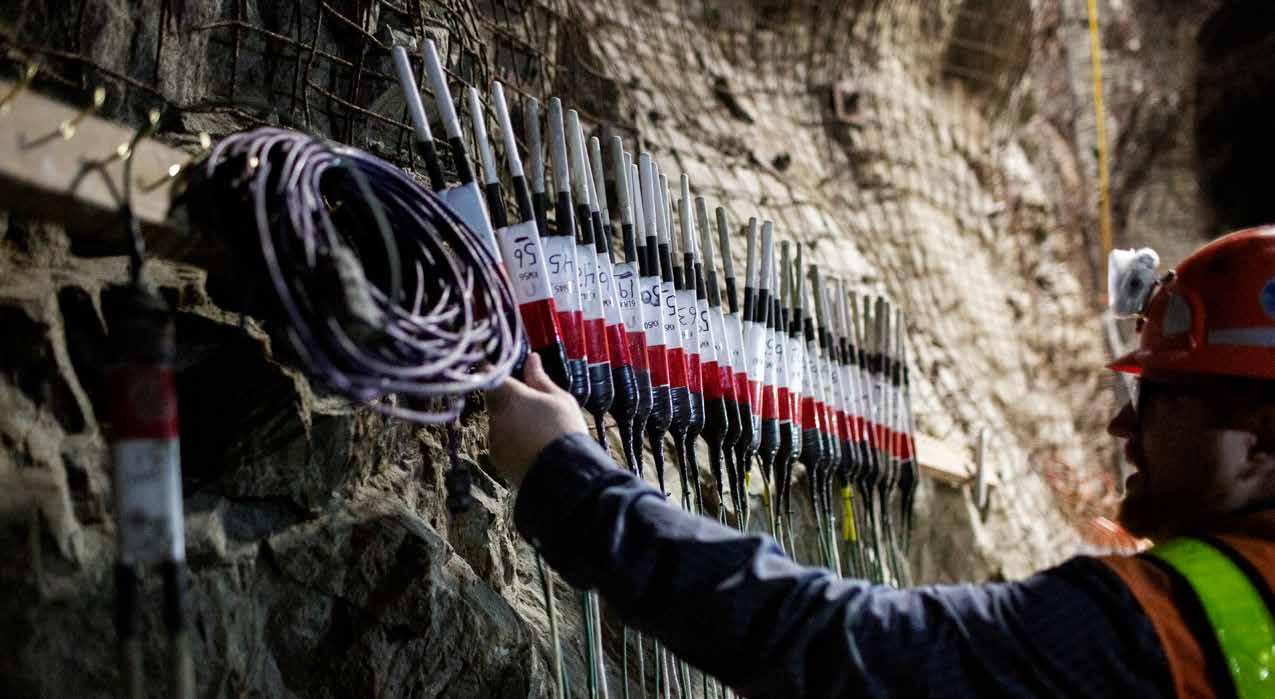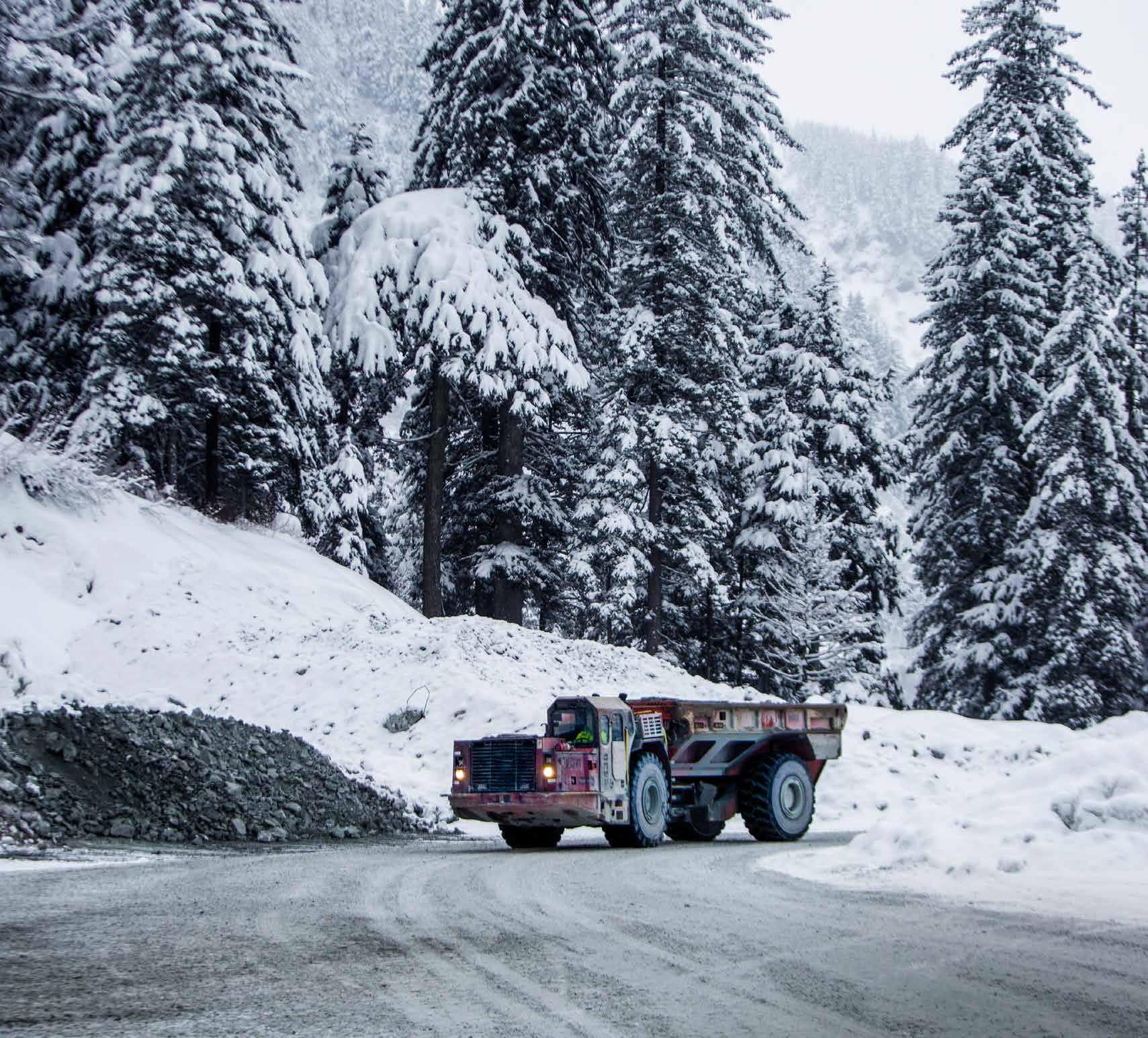
3 minute read
We also chose Sandvik because they had the systems ready to go
“While we have explored full automation, our current mine design precludes the use of full automation, and sequencing requires us to be ready at a moment’s notice in a variety of areas. This lead us to optimize AutoMine usage mostly in tele-remote and semiautonomous operation,” Nord says.
KENSINGTON CURRENTLY USES its automated Sandvik LH514s both to move ore from stopes to muck bays on automated levels during shift change and to move ore from stopes to ore passes, typically during shift change but also for full shift cycles.
“These are the two most efficient uses that introduce the least amount of downtime due to disarming levels for drill crews,” Nord says. “We often target levels that have access to an ore/waste pass for full-shift work as we can easily set up a loader and have it run continuously.”
Nord said that although Kensington doesn’t currently track metrics to quantify the benefits of AutoMine compared to manual mucking, their team noticed that stockpiles stayed fuller when running AutoMine. The mine has moved as many as 42 buckets down an ore pass during a three-hour shift change.
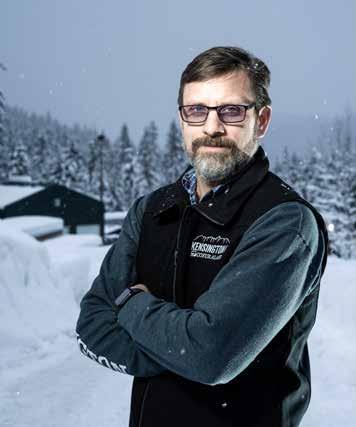
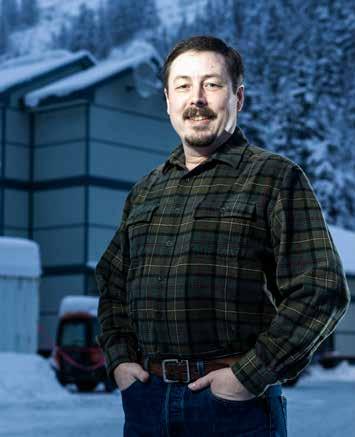
“That represents 42 buckets that didn’t need to happen during regular operation,” Nord says. “That KPI led to a freeing up of resources around the loader to shift elsewhere where they were needed. We free up personnel hours to do other work that needs to be done.
“Once the mine ops group saw that it was reliable and able to produce these tonnes when no other activity was going on underground, that’s when people really started to get the vision of why we were doing this,” he says. “Now folks are like, ‘Hey, you know, this is working, this is good, what else can do we do with this?’”
Kensington’s main limitations for AutoMine operations revolve around loader and operator availability, and sequencing with drilling also remains a challenge.
“With AutoMine, we’ve turned several as hours of previously unproductive downtime every day into a boost to our tonnage rates,” Nord says. “While there have been challenges applying automation to our drill and blast stoping method and in current workings that were designed without any consideration for automation, the system now functions beyond original expectations. With proper training, improved support from Sandvik and familiarity with the equipment, our automation team has seen a drastic improvement in utilization and a marked decrease in work stoppages,” Nord says. “Sandvik has supported us well in our automation journey, with some small hiccups and challenges along the way. AutoMine has a lot of benefits. The learning curve and cultural acceptance challenges are not insignificant but can be managed, and once implemented, we believe it can improve safety and productivity.” ton main deposit in 2023, Coeur Alaska has planned and designed the new ore body specifically around automation to maximize the benefits.
“Engineers now look for opportunities to incorporate AutoMine in all new production designs, giving us the flexibility to utilize automation to move material more efficiently,” Nord says. “We are currently implementing an automated loading system with Elmira, where we believe we can capitalize on automated muckers during shift for an ongoing benefit. As we continue to expand the role of automation, the cost benefits and cycle time gains are expected to become even more significant.”
KENSINGTON IS ALSO exploring a truck transfer level application for AutoMine in the new deposit.
“We’ve done the design work to incorporate the aspects of automation that we believe will make it a more intelligent design and it’ll make it more cost efficient,” Kiessling says. “We’re really excited about that opportunity, not only from a loading standpoint, but potentially from a haulage standpoint and advancing the concepts of automation in this new mine.”
Automation has already helped improve safety and productivity and reduce costs at Kensington, and the scalable technology has further potential to improve the economics of existing and yet-to-be-identified ore bodies.
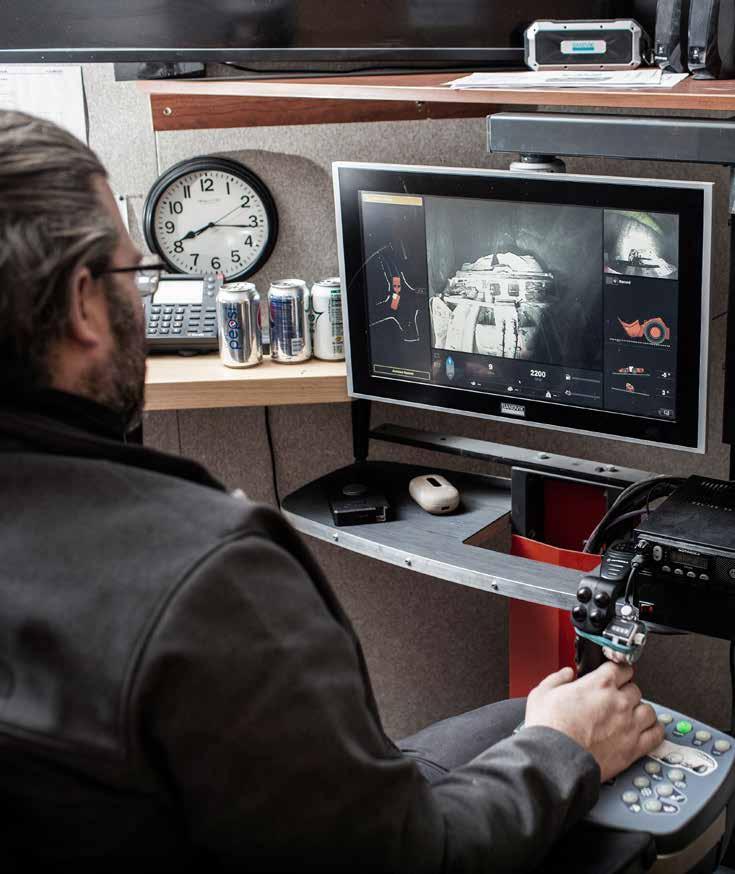
Now that Kensington has overcome challenges of shoehorning loader automation into established mine workings not designed for the technology and proved the benefits of AutoMine, the mine is looking forward to generating even more value from automation in the years ahead. As mining begins in the Elmira deposit 800 metres east of the Kensing-

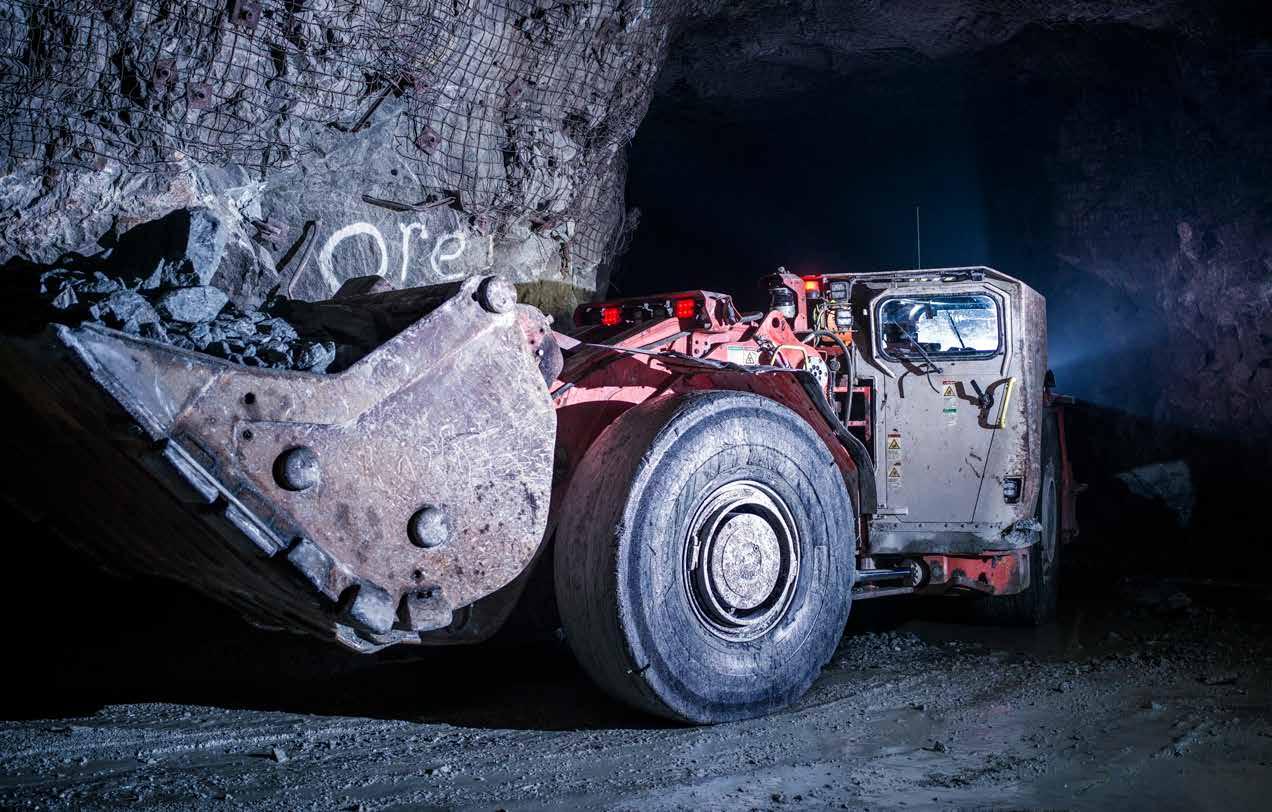
Coeur Mining
“The fantastic thing about it is that using automation and using those efficiencies, being able to mine during shift change and being able to mine smartly and control multiple machines has the potential to lower our cost structure and allow us to take material that may have been marginal before and allow us to lower our cutoff grade and potentially pull that material into the mine plan,”
